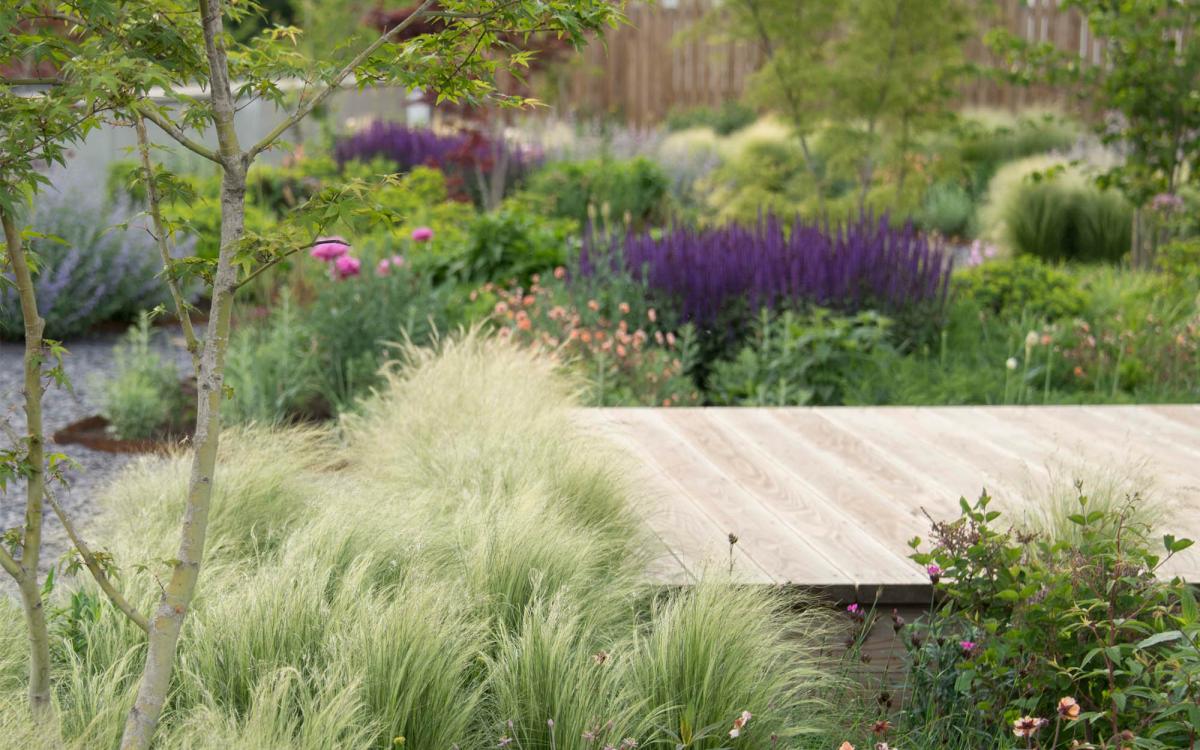Tama District, Tokyo
Japan
The rooftop garden at Green Wise headquarters is the first project outside of the United States to achieve SITES certification. Built on a concrete-floored roof, the urban garden is separated into two levels that are spread over the city line of Tokyo’s Tama district. Overlooking the busy Tama station area from its hilltop location, the garden is home to a myriad of different species of birds and insects. Featuring a selection of perennial flowers and native trees, managed under in-house IPM, the garden is vibrant, full of colors, and humming with bees throughout the spring and summer. During autumn and winter, the space is transformed into a place of golden tranquility.
The garden promotes the Green Wise concept of “Slow Green.” Slow Green encourages native, seasonal plant growth and promotes a better way to enjoy nature. With a high commitment to sustainability, Slow Green’s philosophy is to preserve habitats where flowers and insects thrive naturally and are seen as part of the surrounding environment. The Slow Green concept finds beauty in leaves, shoots, berries, and buds as they exist naturally in different seasons throughout the year, even in their winter brown. More than 70 species of the plants were established on the small rooftops in order to celebrate the varied flora types that flourish at different times of the year.
In order to monitor the performance of the green roof, the garden is equipped with a series of environmental measurement instruments which automatically record wind speed, temperature of air and soil, humidity, and precipitation, all caught on time-lapsed video. The collected data is being researched and used to restore the local ecosystem and offset the urban heat island effects of Tokyo. The project manages 95th percentile precipitation events and the reduced storm water runoff from the green roof is collected in a cistern and then used for irrigation. Solar panels on the roof generate 12,000 Kwh of electricity annually, approx. the same amount of energy used annually by two average Japanese households. The electricity is used to feed the company’s electric cars and serve restaurant guests. Although the garden is built on top of a private office building, the site is regularly open to the public and its performance and scenery are shared with guests, providing educational opportunities. The project has been awarded SITES Gold certification.








